BYE BYE BROVIAC.
Naomi Wilke colors the words on a poster, shouting out this big milestone in vibrant shades of pink, blue and green.
An 8-year-old leukemia survivor, avid reader, artist and doting big sister, Naomi is eagerly, joyfully moving on with life.
Six months after a bone marrow transplant, she can finally bid farewell to her Broviac, the central line in her chest used to deliver medicine and draw blood.
“Should we have an end-of-Broviac party?” asks Sarah Seekamp, RN, as she enters the clinic room at Spectrum Health Helen DeVos Children’s Hospital.
Naomi grins and shows off her colorful poster.
Ten months earlier, Naomi found out she had leukemia. Tests revealed she faced a rare battle. She had two kinds of leukemia cells at the same time—acute myeloid leukemia and acute lymphoblastic leukemia.
The diagnosis, coming in the last months of first grade, required her to travel several hours from her northern Michigan home to Helen DeVos Children’s Hospital in Grand Rapids, Michigan.
She received chemotherapy and radiation. She underwent a bone marrow transplant, spending weeks in isolation. She and her mother, Donna Norton, lived at the hospital for much of the spring, summer and fall.
Healthy new blood now courses through Naomi’s veins. Her hair has grown back into a cute, short pixie style.
But rebuilding after a bone marrow transplant takes time. Although they moved back home in late November, they have returned frequently to the hospital throughout the winter for checks and tests.
At today’s clinic appointment, Seekamp needs to draw blood. She and Naomi decide to draw it from the Broviac―using the central line one last time before it’s removed.
“Can I help?” Naomi asks. “I’ve been flushing my lines by myself.”
She pulls back on the plunger of the syringe, filling it with blood. When Seekamp flushes the line afterward, Naomi helps push down the plunger.
A big step forward
Aly Abdel-Mageed, MD, the section chief for the pediatric bone marrow transplant program at Helen DeVos Children’s Hospital, arrives to examine Naomi.
“Are you feeling good, sweetie?” he asks.
Naomi nods, her attention focused on coloring the banner.
Getting the line removed is a big step, Dr. Mageed says. “It’s one of those things that make you feel like you’re back to normal life.
“She’s doing wonderful,” he adds. “She had some bumps in the road, but she and her mom worked wonders through that.”
Naomi especially looked forward to taking a bath—of being able to submerge completely under water. As long as the Broviac was in place, she had to be careful not to get it wet.
Naomi has lived with other restrictions, too. She can’t go to school yet. She has to avoid restaurants and crowded places, where germs are likely to spread. Lettuce, spinach and fruit are off-limits. She especially misses eating strawberries and salad.
As part of the transplant procedure, her immune system has been suppressed. For months, she took cyclosporine, a medication that prevents graft versus host disease. It essentially put her immune system on a leash, so her body wouldn’t reject the transplanted marrow. And that left her vulnerable to infection.
But there is good news for Naomi today. Transplant coordinator Jill Roodvoets, BSN, says her blood tests show her immune system is rebounding.
“We can lift some restrictions,” she says. “You may leave your house and you may go to the stores without a mask on when they’re not busy. But if you hear anyone coughing, you need to sprint in the other direction.”
“We do,” Norton says.
“You may have some fruits, but your mom needs to wash them really good,” Roodvoets adds.
“Like what?” Naomi asks.
“You may have berries. You may have apples.”
A smile spreads across Naomi’s face and she claps her hands.
She can’t go to school yet. And salad is still off the table. But, Roodvoets says, “Today is a good day. It’s a great day. An exciting day.”
Naomi gives her a hug.
Norton sighs. “I’m so happy I could cry,” she says.
Dreaming of a slushy
Next comes the procedure to remove the Broviac.
Naomi settles into a bed to prepare for sedation. A nurse tucks a warm blanket over her and wraps another across her shoulder.
“I’m nervous,” she says to physician assistant Reese Tornga, PA-C. “Can I ask you a question? The people who are taking this out, do they know what they are doing?”
Yes, they do, Tornga assures her.
Naomi, who has had nothing to eat or drink since the night before, tells her mom she wants a green slushy and water after she wakes up from the procedure.
Ken and Marilyn Aseltine, Naomi’s “Papaw” and “Granny,” arrive for extra support. Naomi holds hands with her Papaw and her mom as she gets sedation medication.
Norton kisses her daughter’s forehead as she counts, “1, 2, 3, 4, 5.” Naomi’s eyes close, and Norton leaves the room, taking a last glance at her sleeping daughter. “It still doesn’t get any easier,” she says.
Ready to ride
Two weeks later, Naomi pedals her pink bike up and down the driveway at her grandparents’ home in Traverse City, Michigan. Silver streamers ripple from the handlebars. Her short dark hair ruffles in the breeze.
Her mother watches contentedly until Naomi turns onto the road and heads uphill, standing on the pedals to gain momentum.
“Hey, turn around!” she calls. “Naomi!”
For Norton, the transition involves a balancing act―between standing guard and letting go.
“It’s weird to think we are finally at this point,” she says.
Naomi turns around and flies downhill, a big smile lighting her face. “She’s doing really good,” Norton says.
It’s a sunny day in late February, 25 degrees but without snow. Bundled in a pink jacket, Naomi doesn’t seem to notice the cold.
She brings out a bucket of chalk and colors the scalloped concrete border of the garden. No flowers grow at this time of year, but soon a chalk rainbow edges the garden bed, like a promise of spring.
Inside the house, Naomi plays with her 18-month-old brother, Kenny, and her cat, Neo.
She cuddles on the couch with her Grandpa John and reads “Dora’s Color Adventure” to him. “Boy, you read the whole thing,” he says proudly.
As life begins to return to normal, her mother looks forward to the next steps. She wants to see Naomi get back to school. And after spending last summer in the hospital, she looks forward to seeing her daughter swim and play outside this year.
“We are ready to spend some long summer days at Torch Lake,” she says.

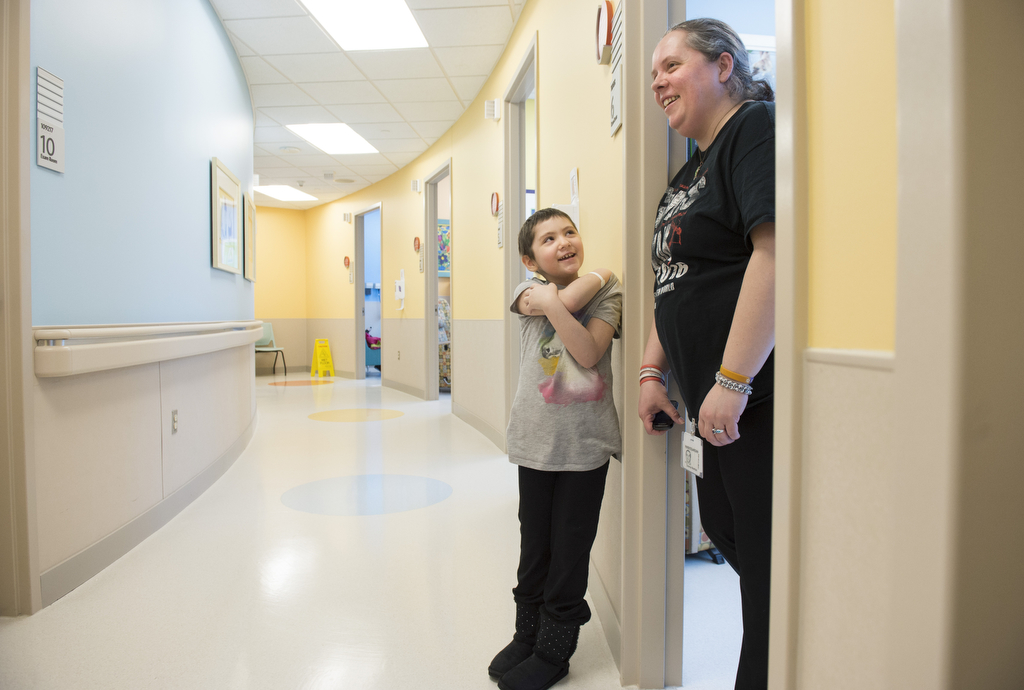




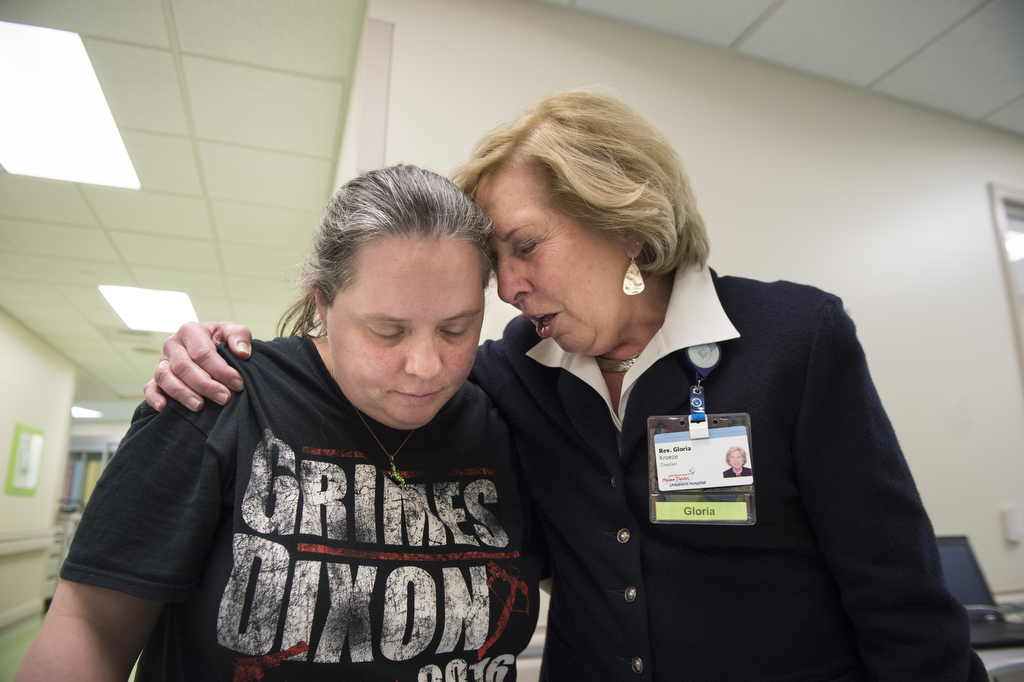

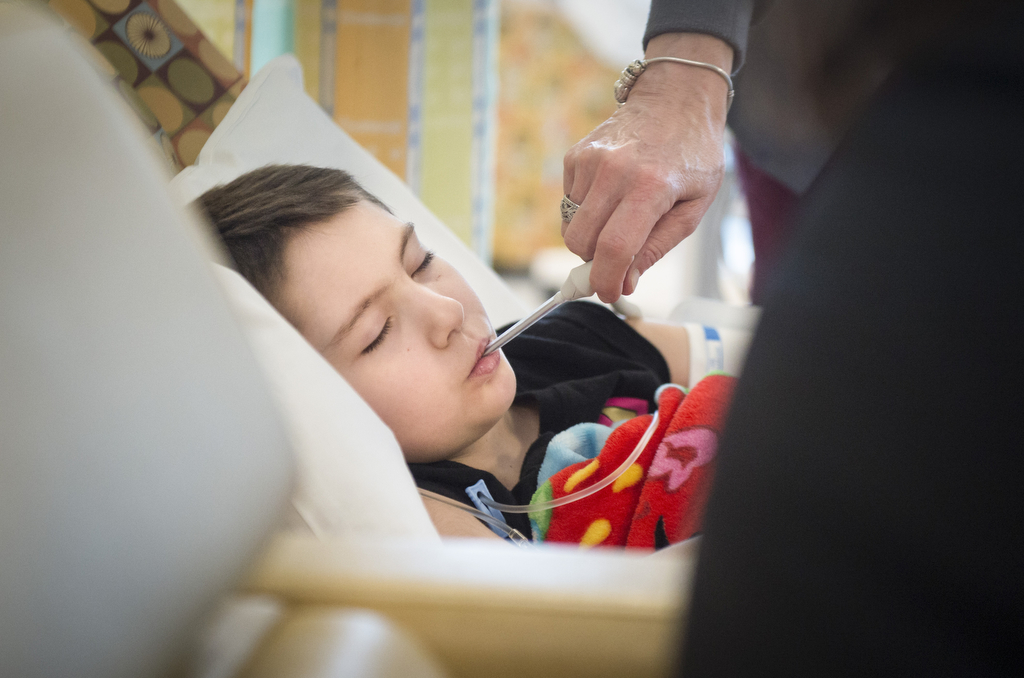


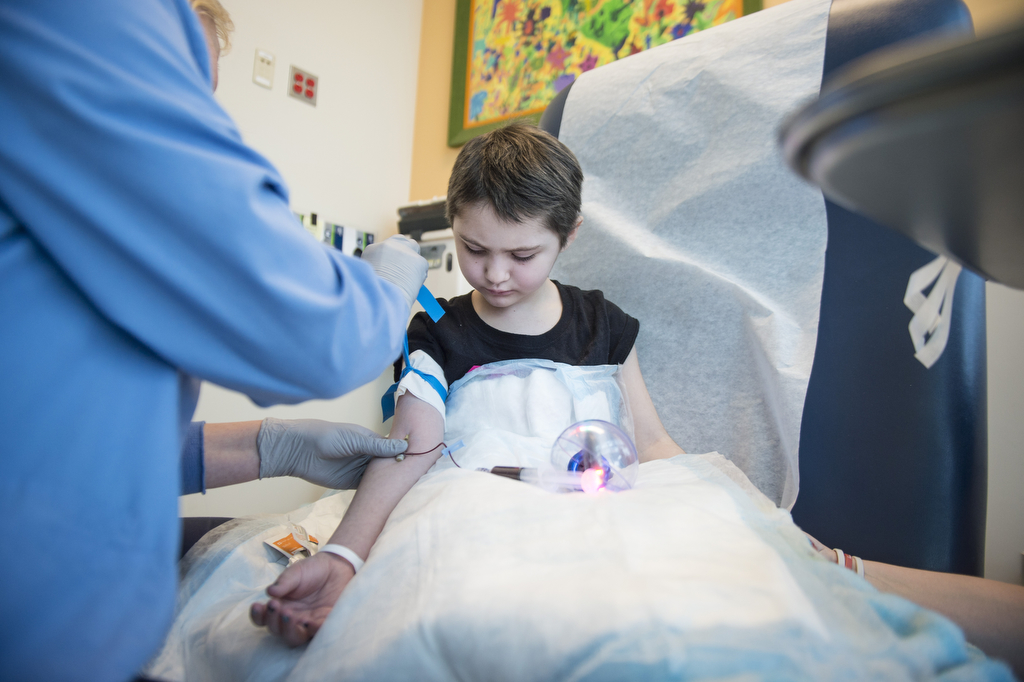
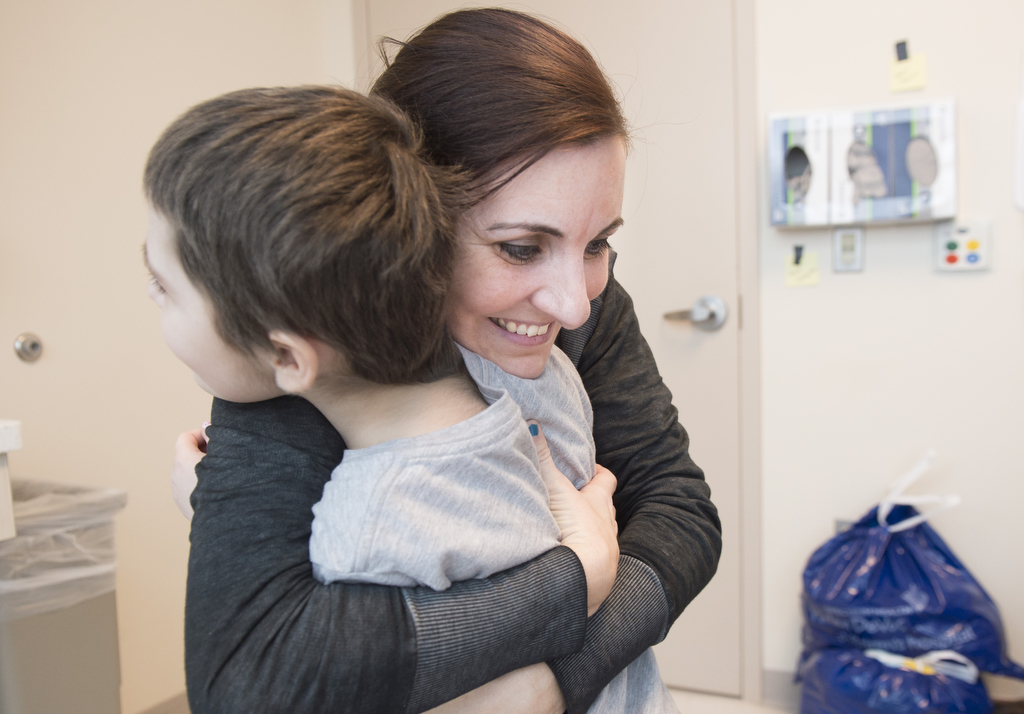
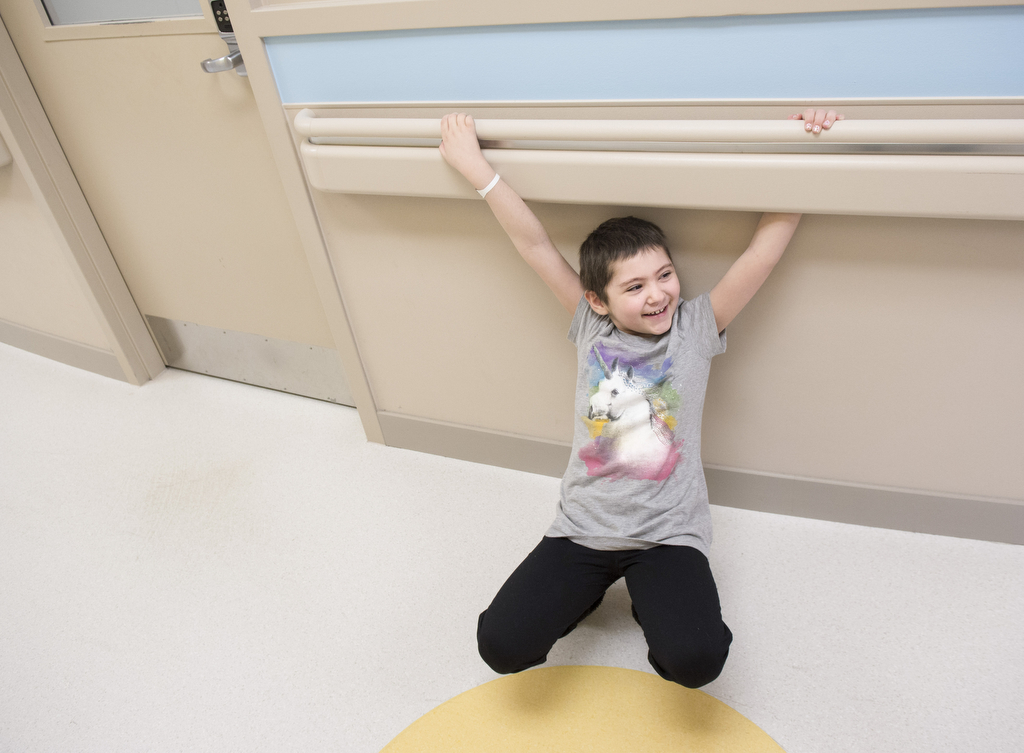

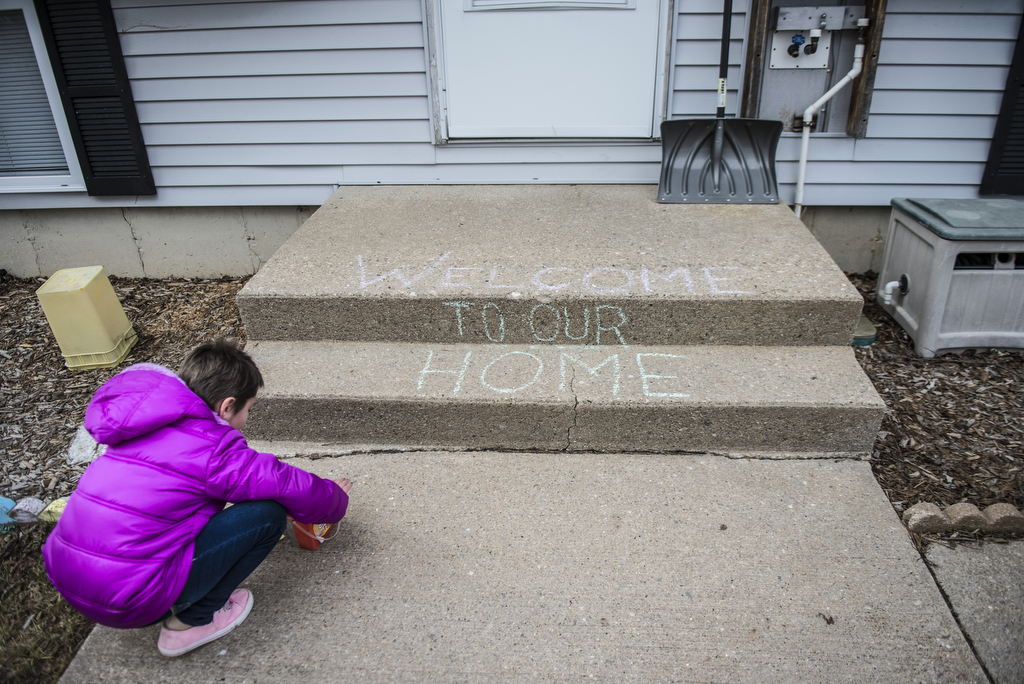


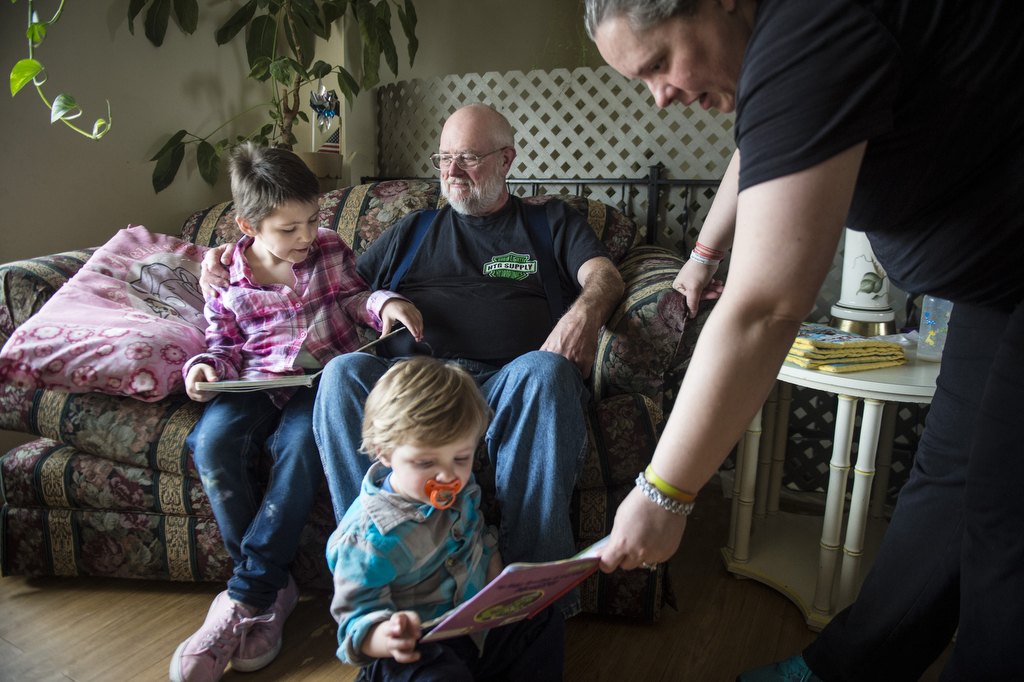
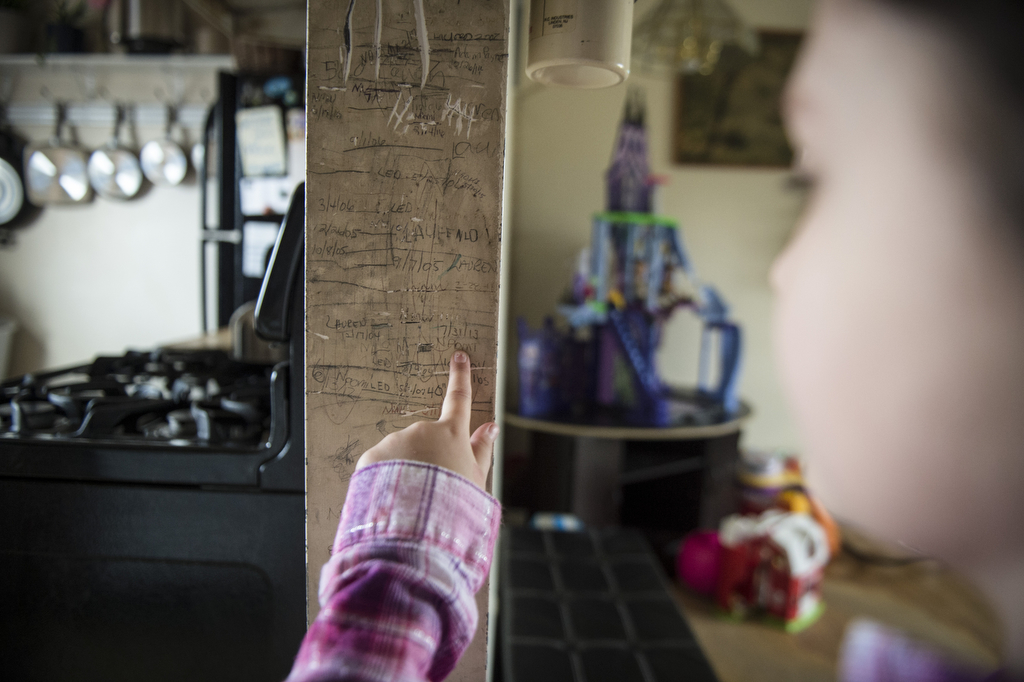
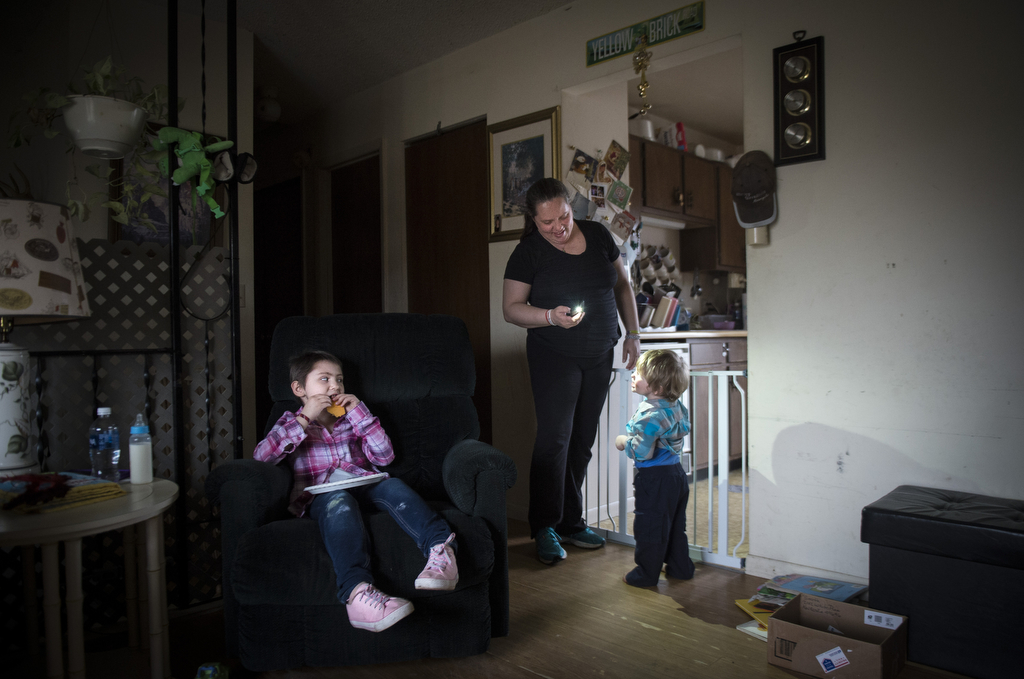

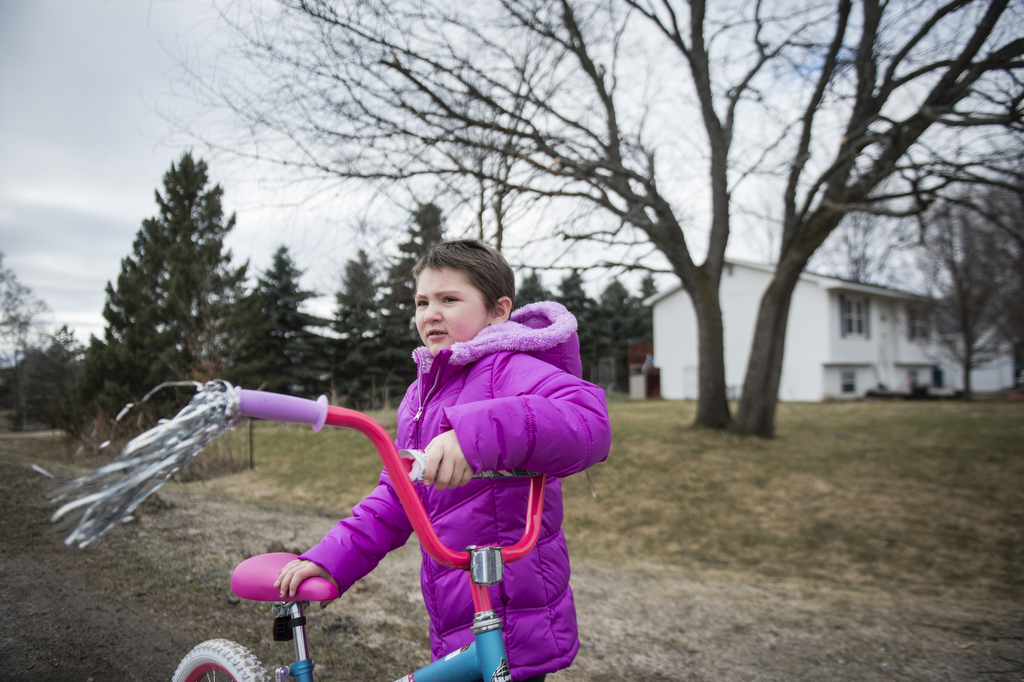
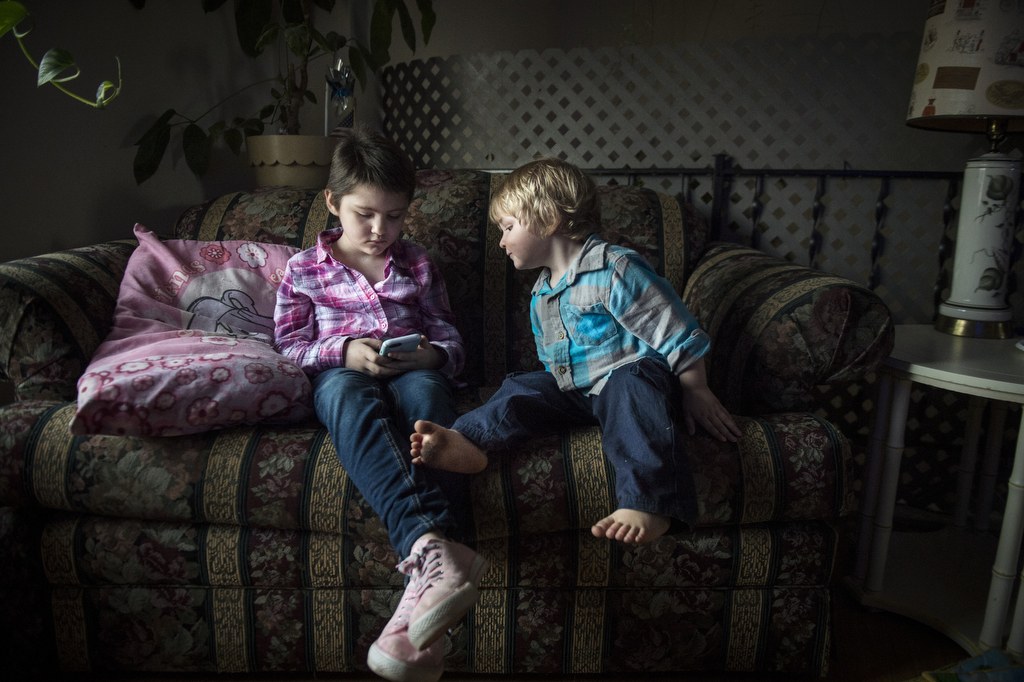



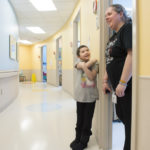


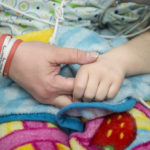

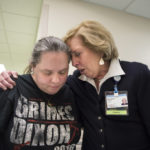




















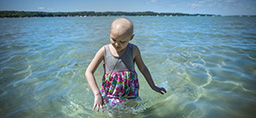 /a>
/a>
 /a>
/a>
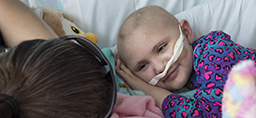 /a>
/a>
Thank you. There’s something about Sue and Taylor the way you 2 have put Naomi’s story into words. I love it. Thank you for all the work you have done.
Thank you, Donna! We have so enjoyed getting to know you both. And we are impressed and inspired by Naomi! It truly is an honor to share her story.
Thank you for the kind words, Donna! Documenting the bond you and Naomi share has been truly an incredible experience and we appreciate you two opening up your life to us to be able to tell and share Naomi’s story.
It’s a beautiful story about an amazing little girl Naomi and the love and strength of her mom Donna. Thank you for writing her story, as her future is going to be amazing.
Thank you for your kind comment, Carol, and for being a Health Beat reader. We are so happy for Naomi and Donna!